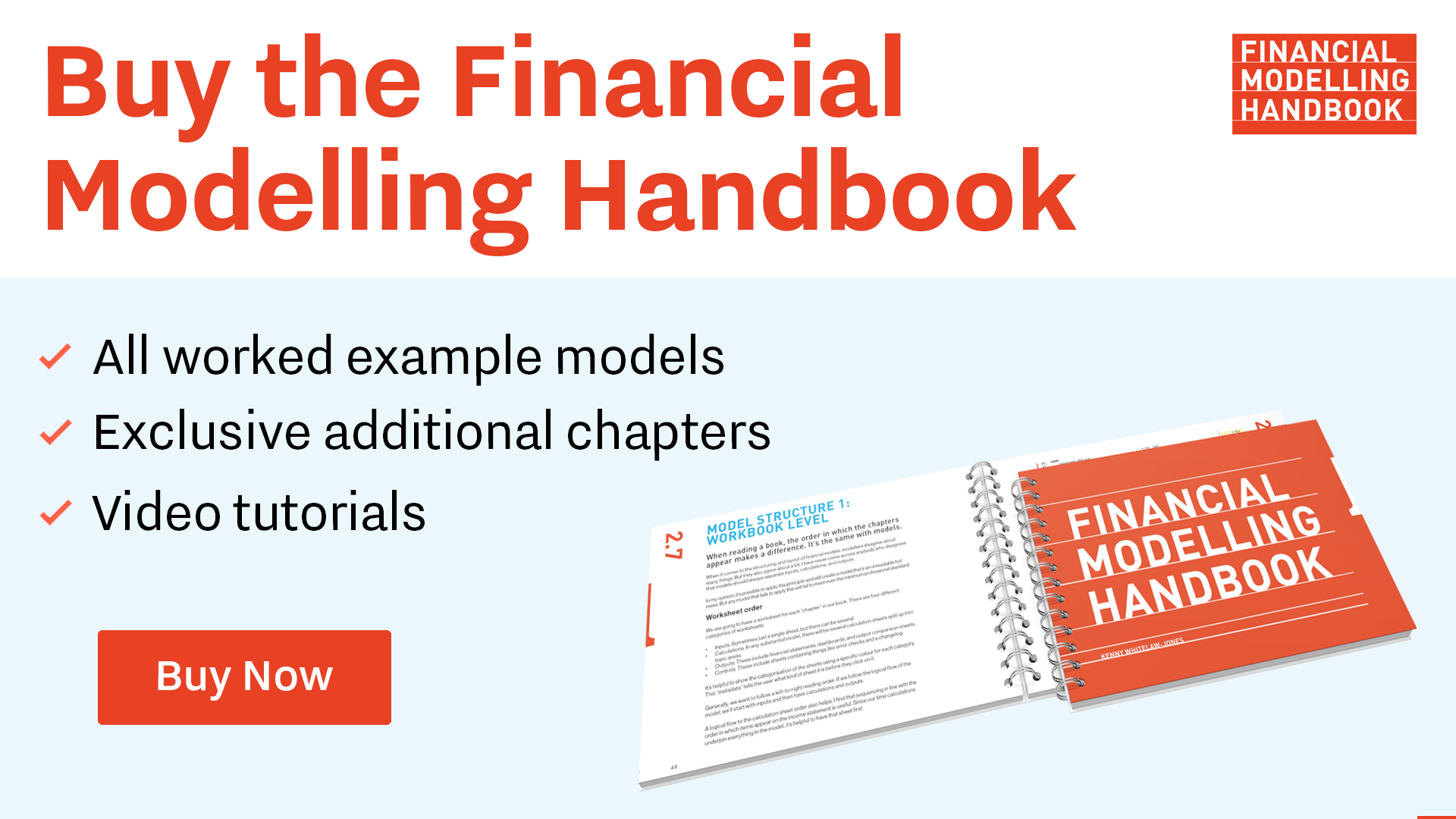Understand the building blocks and you understand the model
Well built models should be made up of simple building blocks.
Opening a financial model that somebody else has created can be an overwhelming experience. Sometimes opening up a model you built yourself three months ago can be an overwhelming experience.
It doesn't have to be like this.
There are countless models analysing numerous businesses. There seem to be endless variations between them.
However, if the model is well built, the building blocks should be simple.
Once you understand the simplicity that lies at the heart of a complex model, you'll never be intimidated by a model again.
I have designed every part of this handbook to break modelling down into a process made up of straightforward steps. Master these steps, and you will have mastered modelling.
The universe of line items in a financial model.
It's not a big universe.
Everything in the calculation sheets of your model is either:
A balance or a flow.
A balance is a value at a particular point in time. A flow is an amount of value during a period of time.
How to tell the difference: We model balances using corkscrews. The row label contains the word balance.

A constant or a series.
Some line items in your model exist outside your model's time periodicity. These line items don't relate to any period in particular. We call those constants. Other values are specific to specific time periods. We call those time series. Constant line items don't change over time. Time series line items do.
How to tell the difference: Constants go in the specific constants column, often column F. Time series items will go across the model timeline, usually starting from column J.

A calculation or a link.
The calculation sheets are just collections of blocks. Calculation blocks contain only two things - a new calculation or links that act as ingredients to that calculation. Exceptions to this rule are placeholders or mislocated inputs. Those are only temporary during the model build process. We will replace them with a new calculation or a link.
How to tell the difference: We create calculations in blocks unless there is a good reason not to. In a standard calculation block, the calculation is the last item in the block. Everything else in the block is a link.


Comments
Sign in or become a Financial Modelling Handbook member to join the conversation.
Just enter your email below to get a log in link.